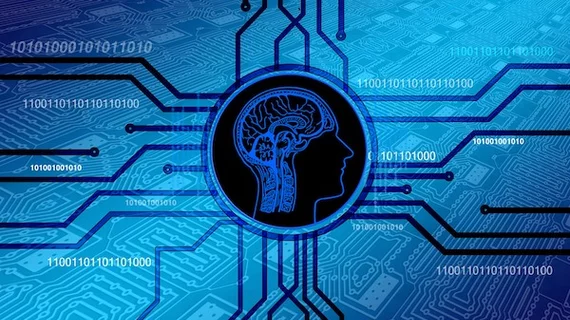It’s one of the most frequently discussed questions in radiology today: What kind of long-term impact will artificial intelligence (AI) have on radiologists?
Robert Schier, MD, a radiologist for RadNet, shared his own thoughts on the topic in a new commentary published by the Journal of the American College of Radiology—and he’s not quite as optimistic as some of his colleagues throughout the industry.
“The advent of computers that can accurately interpret diagnostic imaging studies will upend the practice of radiology,” Schier wrote. “The two currently unanswered questions are just how much upending there will be and how long it will take to happen. There are vastly differing opinions, from the apocalyptic claim that AI will make all radiologists extinct to the delusional assertion that computers will always merely assist—and never replace—radiologists. Both extremes are mistaken, but the truth is in the direction of the first.”
Schier noted that some radiologists see the current limitations of AI as proof the technology will never be able to truly take over the work of radiologists. He does not, however, agree with this line of thinking.
“That is an understandable reaction from a practicing radiologist, but it is like looking at a kindergartener and believing that, because she cannot add or subtract very well, she will obviously never be able to read an abdominal ultrasound,” he wrote. “It assumes limits to computer intelligence that might not exist.”
In fact, Schier added, it might be easiest if people stop viewing AI technology as “a collection of circuits in a console” and start viewing it as “an army of fellowship-trained radiologists with photographic memories, IQs of 500 and no need for food or sleep.”
Inductive programs and improved processing speed have helped AI programs make a massive leap forward when it comes to successfully interpreting medical images. The programs can even rewrite their own programming as needed, Schier explained, meaning they are already attacking problems “in ways that we sometimes cannot understand.”
Schier concluded his commentary by looking at how the invention of machine power led the number of horses in the United States dropping from 25 million to 6 million in a matter of four decades. If radiologists don’t start taking on more responsibilities outside of interpreting studies, he warned, the number of radiologists in the United States might see a significant drop of its own.

